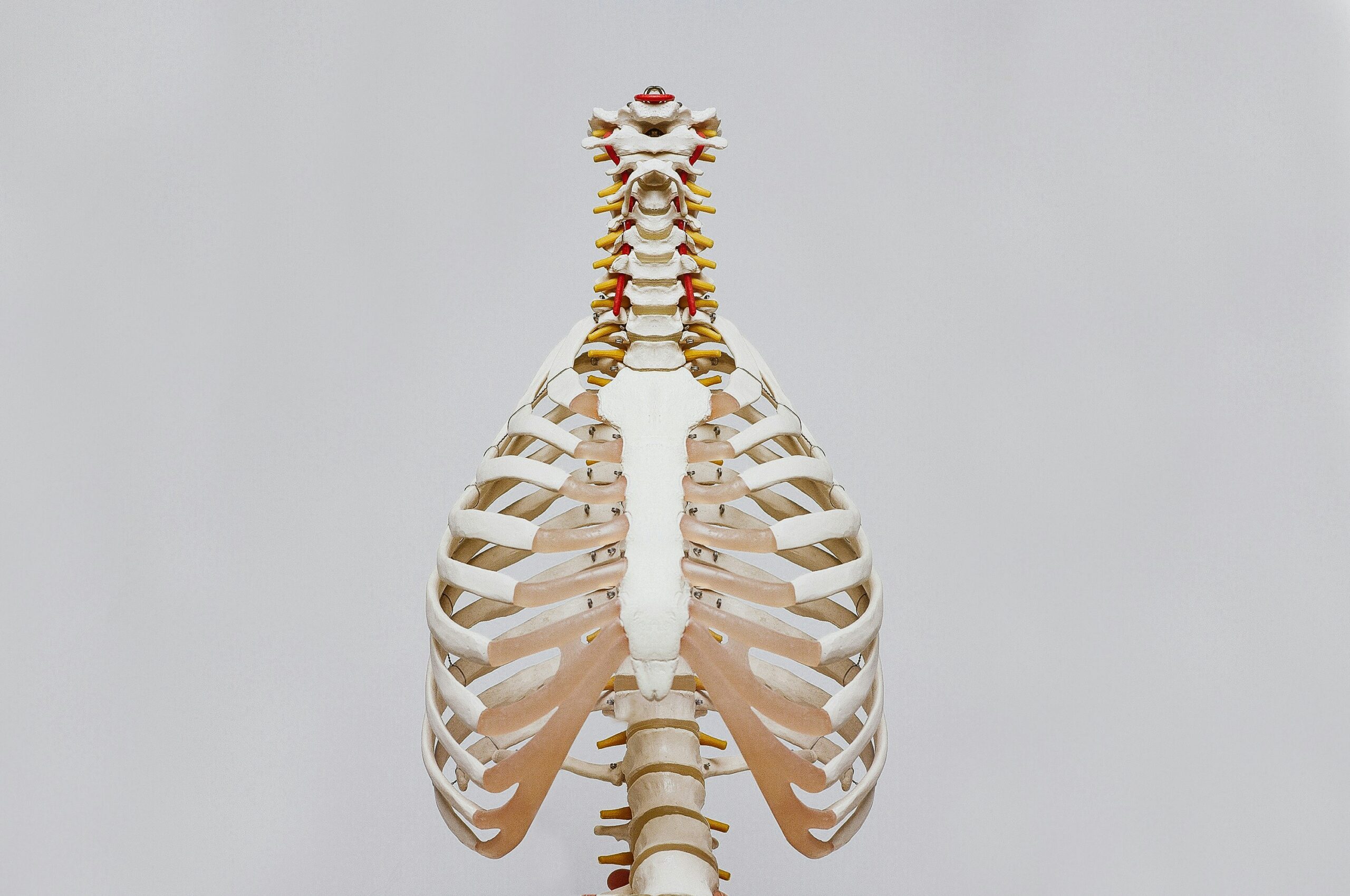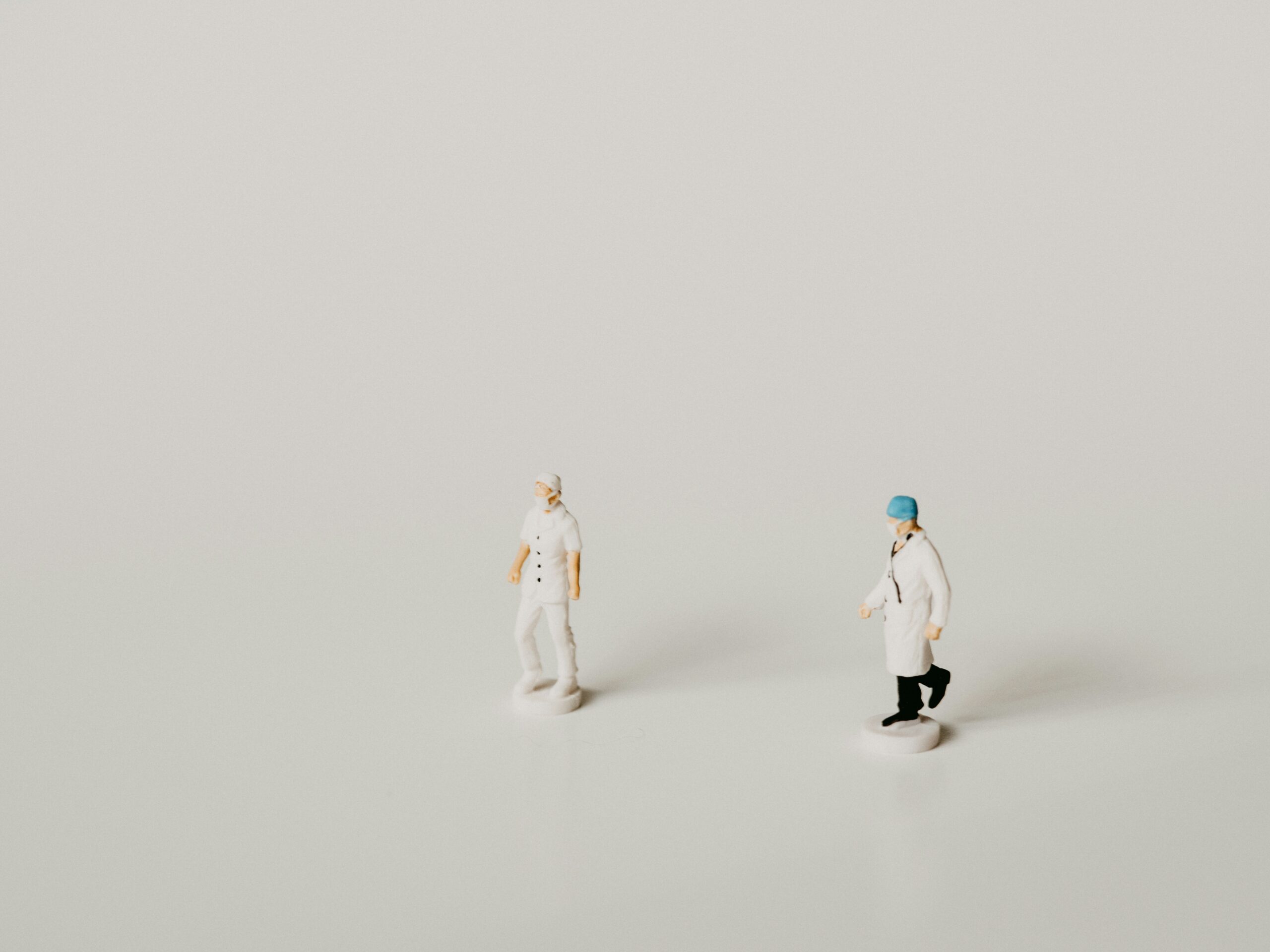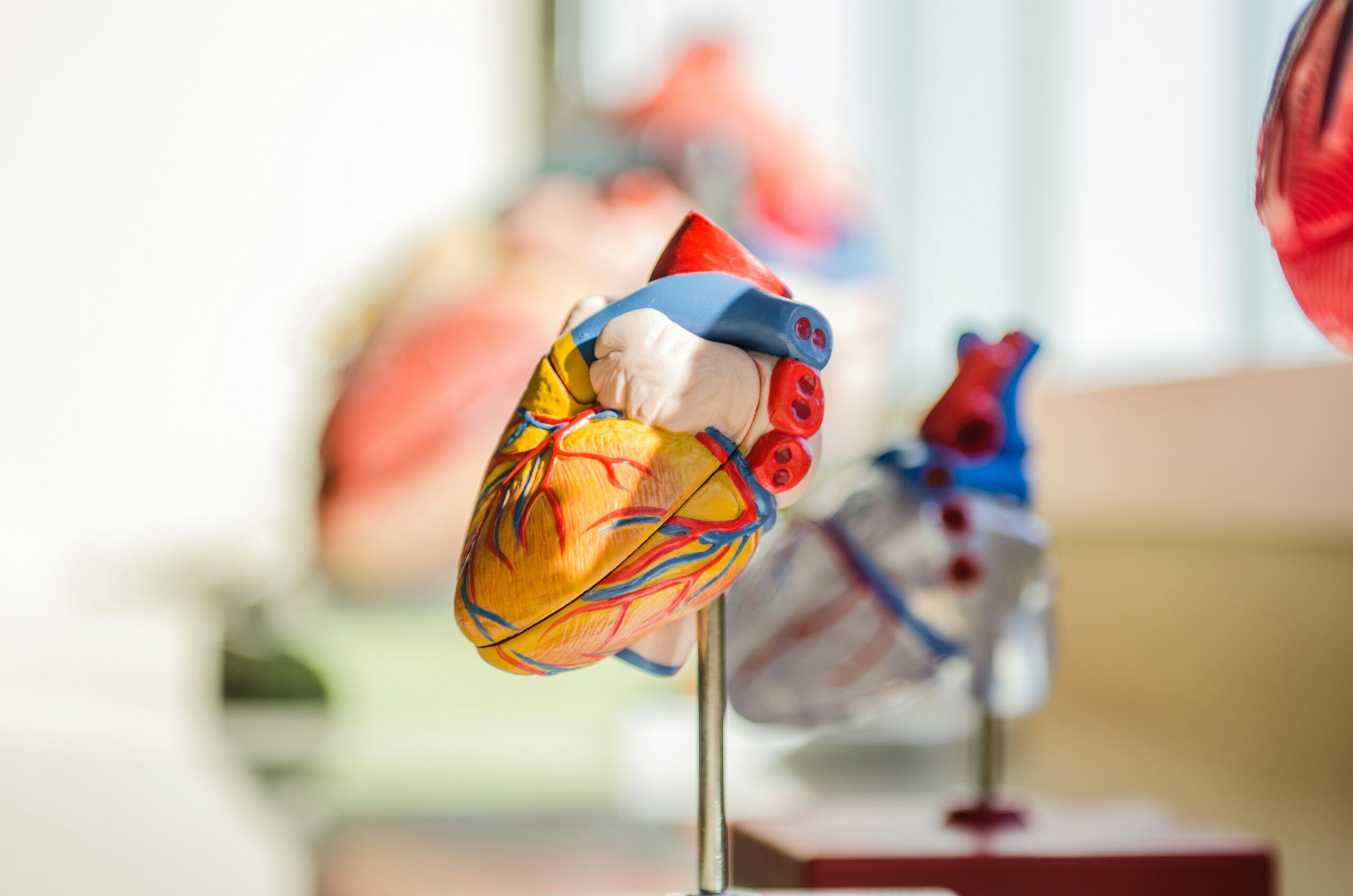Imagine needing to undergo a prostate biopsy, but feeling anxious about the potential pain involved. This article aims to address this common concern and shed light on what to expect during a prostate biopsy procedure. You'll discover that although discomfort is inevitable, advancements in medical techniques and local anesthesia make the process much more manageable. So, rest assured, as we embark on this informative journey, you'll gain valuable insights that will help alleviate your fears.

Understanding Prostate Biopsy
Definition of a prostate biopsy
A prostate biopsy is a medical procedure in which small samples of tissue are taken from the prostate gland for examination under a microscope. The prostate gland is a small organ located just below the bladder in men. It plays a crucial role in the reproductive system by producing fluid that nourishes and transports sperm. A biopsy is typically performed to investigate suspicious findings on a routine prostate screening, such as an abnormal digital rectal examination or elevated prostate-specific antigen (PSA) levels.
Why is it performed?
A prostate biopsy is performed to determine if there are any cancerous cells in the prostate gland. It helps in diagnosing and staging prostate cancer, which is the second most common cancer among men worldwide. It also aids in identifying other non-cancerous conditions, such as inflammation or infection, that may be causing abnormal prostate findings. Early detection and proper diagnosis through a biopsy can significantly increase the chances of successful treatment and improve overall outcomes for patients.
Who needs a prostate biopsy?
Men who have abnormal results from a routine prostate screening, such as an elevated PSA level or an abnormal digital rectal examination, may be recommended to undergo a prostate biopsy. Additionally, individuals with a family history of prostate cancer, older age, or other risk factors may also be advised to have a biopsy. It is important to consult with a healthcare professional who can assess your individual situation and recommend the appropriate course of action.
The Prostate Biopsy Procedure
Preparation for the procedure
Before undergoing a prostate biopsy, your healthcare provider will provide instructions on how to prepare for the procedure. This may include discontinuing certain medications, such as blood thinners, to minimize the risk of bleeding. You may also be asked to undergo a bowel preparation to ensure optimal visualization during the biopsy. It is essential to follow the preparation guidelines provided by your healthcare team to ensure a safe and successful procedure.
The various stages of a prostate biopsy
During a prostate biopsy, the procedure is typically performed in an outpatient setting, either in a clinic or a hospital. Your healthcare provider will first explain the procedure to you and address any concerns or questions you may have. Then, you will be positioned in a comfortable position, usually lying on your side with your knees bent toward your chest.
The biopsy is usually performed using a thin, needle-like instrument called a biopsy gun, which is guided into the prostate gland using either an ultrasound or magnetic resonance imaging (MRI) scan. Small samples of tissue are then collected from different areas of the prostate gland using the biopsy gun.
Post-procedure care
After the prostate biopsy, you may experience some side effects and discomfort. It is important to follow the post-procedure care instructions provided by your healthcare provider to ensure proper healing and minimize complications. This may include taking prescribed medications, such as antibiotics, to prevent infection, and avoiding strenuous activities for a specified period. If you experience persistent pain, excessive bleeding, or any other concerning symptoms, it is crucial to contact your healthcare provider immediately.
Types of Prostate Biopsies
Transrectal biopsy
A transrectal biopsy is the most common type of prostate biopsy. During this procedure, a thin ultrasound probe is inserted into the rectum to visualize the prostate gland. The biopsy gun is then guided through the rectum to collect tissue samples from the prostate. This approach is often preferred due to its relative simplicity and accuracy in targeting suspicious areas of the prostate gland.
Perineal biopsy
In a perineal biopsy, the tissue samples are collected through a small incision made in the perineum, which is the area between the scrotum and the anus. This approach allows direct access to the prostate gland and is often used in cases where transrectal biopsy is not feasible or when specific areas need to be targeted.
Transurethral biopsy
A transurethral biopsy involves collecting tissue samples from the prostate gland through the urethra using a cystoscope, which is a long, flexible tube with a light and camera at the end. This procedure is less common but may be used in certain situations, such as when abnormalities are suspected in the bladder or urethra.
Sedation and Anesthesia in Prostate Biopsy
Types of sedation
During a prostate biopsy, various levels of sedation can be used to help you relax and alleviate anxiety. The level of sedation can range from mild sedation, where you remain awake and responsive, to deep sedation, where you may be nearly unconscious but still able to respond to stimuli. Your healthcare provider will determine the appropriate level of sedation based on your comfort level and the complexity of the procedure.
The role of anesthesia in managing pain
Anesthesia is commonly used in prostate biopsies to numb the area being operated on and minimize pain. Local anesthesia, which involves the injection of anesthetic medication near the biopsy site, is typically used to numb the prostate gland and surrounding tissues. This helps to ensure a relatively painless biopsy experience for the patient.
Recovery from sedation or anesthesia
After a prostate biopsy, the effects of sedation or anesthesia may take some time to wear off. It is important to arrange for someone to accompany you to the procedure and drive you home afterward, as it may be unsafe to drive or operate heavy machinery while under the influence of sedation or anesthesia. You may experience some drowsiness or grogginess, but these effects should subside within a few hours. It is advisable to take it easy and rest for the remainder of the day.

Pain Scale and Prostate Biopsy
Factors influencing perception of pain
The perception of pain during a prostate biopsy can vary from person to person. Several factors can influence the level of pain experienced, including individual pain tolerance, anxiety levels, the technique used, and the overall quality of pain management during the procedure. Open communication with your healthcare provider about any concerns or discomfort you may be experiencing can help them make adjustments to ensure your comfort.
Typical pain levels reported by patients
While pain experiences can differ, many patients report feeling mild to moderate discomfort during a prostate biopsy. The use of local anesthesia and sedation techniques significantly reduces the intensity of pain during the procedure. It is important to note that any pain felt during the biopsy is typically short-lived and subsides soon after the procedure is completed.
How healthcare professionals assess pain
Healthcare professionals use various methods to assess a patient's pain levels during a prostate biopsy. They may ask you to rate your pain on a numerical scale, such as from 0 to 10, with 0 representing no pain and 10 representing the worst pain imaginable. Additionally, they may observe your facial expressions, body language, and response to touch to gauge your pain levels accurately.
Physical Discomfort Following Prostate Biopsy
Common physical discomforts observed
After a prostate biopsy, it is common to experience some physical discomfort. This may include pain or soreness around the biopsy site, mild rectal bleeding, blood in the urine or semen, and increased frequency or urgency of urination. These discomforts are usually temporary and resolve within a few days to a week.
How long does discomfort last?
The duration of physical discomfort following a prostate biopsy varies from person to person. Most individuals experience mild discomfort for a few days, which gradually improves over time. However, it is essential to monitor your symptoms and contact your healthcare provider if you experience severe or prolonged discomfort, excessive bleeding, or any other concerning symptoms.
Pain management strategies
To manage physical discomfort following a prostate biopsy, your healthcare provider may recommend over-the-counter pain medications, such as acetaminophen or nonsteroidal anti-inflammatory drugs (NSAIDs). Applying ice packs or taking warm baths may also help alleviate any pain or swelling. It is important to follow your healthcare provider's advice and avoid any strenuous activities or heavy lifting until you have fully recovered.

Psychological Impact of Prostate Biopsy
Anxiety related to prostate biopsy
Undergoing a prostate biopsy can be emotionally challenging. It is common to experience anxiety, fear, or worry about the procedure and its potential outcomes. It is essential to remember that these feelings are normal and that healthcare professionals are available to provide support and address any concerns you may have.
Managing distress before, during, and after biopsy
To manage psychological distress before, during, and after a biopsy, various strategies can be helpful. Taking time to educate yourself about the procedure, asking questions, and seeking support from loved ones or support groups can all contribute to easing anxiety. Deep breathing exercises, relaxation techniques, and visualization exercises may also be beneficial in reducing stress levels.
Impact on overall mental health
While a prostate biopsy itself does not directly impact overall mental health, the anxiety and distress associated with the procedure can have an impact. It is crucial to prioritize self-care during this time, maintaining a healthy support system and seeking professional help if needed. Open communication with your healthcare team about any mental health concerns is essential, as they can provide appropriate guidance and support.
Complications and Risks Associated with Prostate Biopsy
Potential short-term and long-term complications
Like any medical procedure, a prostate biopsy carries some risks and potential complications. These may include infection, bleeding, blood in the urine or semen, urinary retention, and discomfort during urination. While these complications are relatively rare, it is important to be aware of them and promptly seek medical attention if they occur.
How complications affect pain level
Complications can potentially increase the level of pain experienced following a prostate biopsy. Infections or inflammation in the prostate gland or surrounding tissues can lead to increased discomfort and may require additional medical intervention. It is crucial to closely monitor any changes in pain levels, bleeding, or other symptoms and consult with your healthcare provider if you have any concerns.
Risk mitigation strategies
There are several strategies in place to minimize the risks associated with prostate biopsies. Prior to the procedure, patients are often given antibiotics to prevent infection. Proper sterile techniques are also followed during the biopsy to reduce the risk of introducing bacteria into the prostate gland. Additionally, close post-procedure monitoring and prompt medical attention for any concerning symptoms can help mitigate potential complications.
Patient Experiences and Personal Accounts
First-hand stories from patients
Listening to the experiences of others who have undergone a prostate biopsy can provide valuable insights and reassurance. Many patients report that while the procedure may be uncomfortable, it is generally well-tolerated and the discomfort is short-lived. Sharing and hearing stories from fellow patients can help alleviate anxiety and provide a sense of camaraderie and support.
Perceptions of pain and distress
Perceptions of pain and distress related to a prostate biopsy can vary greatly among individuals. While some may experience minimal discomfort and emotional distress, others may find the procedure more challenging. It is essential to remember that everyone's experience is unique, and healthcare professionals are dedicated to providing necessary support and assistance throughout the process.
Coping strategies used by individuals
Individuals employ various coping strategies to manage pain and distress during a prostate biopsy. Some find comfort in deep breathing exercises, guided imagery, or engaging in activities that promote relaxation, such as listening to music or reading. Others may seek support from loved ones or participate in support groups for individuals going through similar experiences. Finding what works best for you and communicating your needs with your healthcare team can help ensure a positive experience.
Advancements in Prostate Biopsy Techniques
Potential for less painful alternatives
Advancements in medical technology hold promise for lessening the discomfort associated with prostate biopsies. Techniques such as fusion biopsy, which combines MRI scans with real-time ultrasound imaging, can enhance the accuracy of biopsy targeting, reducing the need for multiple biopsies and potentially minimizing pain. These advancements continue to evolve, aiming to improve patient experience and outcomes.
Technological advancements and their impact on pain
Technological advancements in imaging and biopsy guidance systems have improved the accuracy and precision of prostate biopsies. Real-time ultrasound and MRI fusion techniques allow for better visualization and targeting of suspicious areas in the prostate gland. By optimizing biopsy accuracy, these advancements contribute to reducing the need for repeat biopsies and potential pain associated with additional procedures.
Future of prostate biopsy
The future of prostate biopsy holds promise for further advancements in both pain management and diagnostic accuracy. Ongoing research and development focus on refining techniques to reduce discomfort during the procedure, enhance targeted biopsy approaches, and improve the detection of aggressive prostate cancers. Continued collaboration between healthcare professionals, researchers, and technology innovators will drive progress in this field, ultimately benefiting patients undergoing prostate biopsy.
In conclusion, a prostate biopsy is a procedure performed to investigate the presence of cancerous or non-cancerous conditions in the prostate gland. While it may cause some discomfort, advancements in pain management techniques and technology have greatly improved the patient experience. By understanding the procedure, preparing adequately, and seeking support from healthcare professionals, individuals can navigate the prostate biopsy process with confidence and minimize any potential discomfort or distress.

